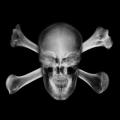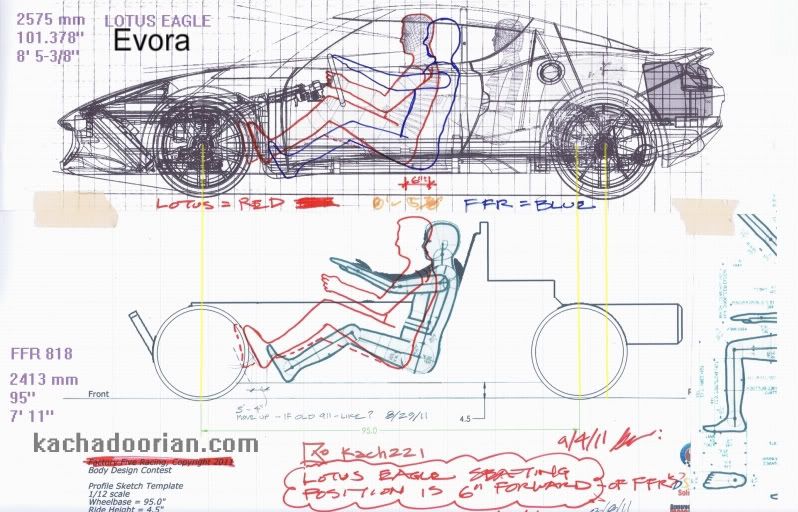Bumper mismatch can wreck your wallet
By Terry Jackson • Bankrate.com
Many Americans believe sport utility vehicles, or SUVs, and pickup trucks cause extensive damage to passenger cars when they collide just because they're bigger and heavier. While pure size may come into play, the real culprit in low-speed collisions may be the mismatch between the height of the bumpers on each.
SUVs, pickup trucks and minivans sold in the United States are not required by the federal government to have bumpers at all. And while many manufacturers do put bumpers on them, they typically do not match up with passenger cars which are required to have bumper systems placed in a range of 16 to 20 inches from the ground.
What's more, SUV and truck bumpers are usually pretty flimsy. "Most truck and SUV bumpers are purely decorative,'' says Russ Rader, a spokesman for the Insurance Institute for Highway Safety -- an insurance-industry-funded center that routinely does crash tests on a wide selection of vehicles.
Too high, too low
Years ago, this was not such an issue, but as the popularity of SUVs and pickups has soared, so has the problem of the mismatch.
What that could mean for consumers is an unexpectedly costly repair bill resulting from even the most minor of accidents.
Five years ago Rader's group subjected seven pickups and SUVs to 5 mph collisions and found that, even when equipped with bumpers, almost all sustained expensive damage. Damage back then ranged from more than $1,000 for a Chevrolet Silverado to more than $2,000 for a RAV4.
Manufacturers have criticized such tests as not being representative of real-world situations and say they ignore the overall safety features of vehicles. Rader acknowledges that the issue isn't safety-related -- bumpers usually have little to do with protecting occupants in a crash. "Bumpers really have little impact on safety. It's a cost thing,'' he says.
To illustrate the problem of bumper mismatch, the Insurance Institute for Highway Safety, or IIHS, tested several passenger cars and SUVs with rear-end collisions at 10 miles an hour.
The tests involved the following cars in rear-end collisions:
Ford Taurus versus Ford Explorer (SUV)
Volvo S40 versus Volvo XC90 (SUV)
Dodge Stratus versus Jeep Grand Cherokee (SUV)
Nissan Altima versus Nissan Murano (SUV)
Toyota RAV4 (SUV) versus another Toyota RAV4 (SUV)
View the damage reports and the repair costs in the slideshow below.
Costly collisions: Crash tests of SUV and car bumpers
Read more: Bumper mismatch can wreck your wallet
http://www.bankrate.com/finance/auto...#ixzz1a8K4J5Vn





 Thanks:
Thanks:  Likes:
Likes: 

 Reply With Quote
Reply With Quote










